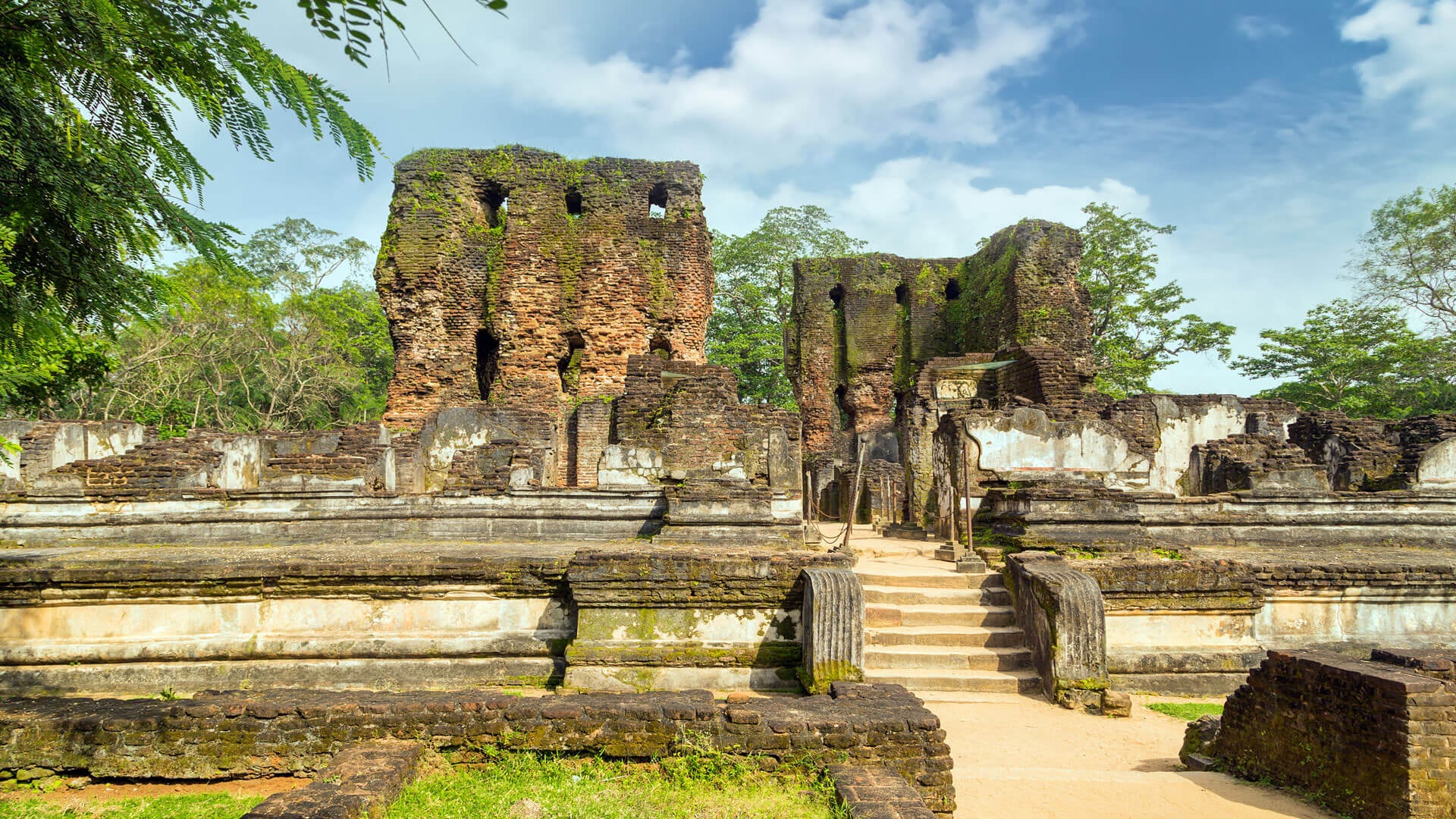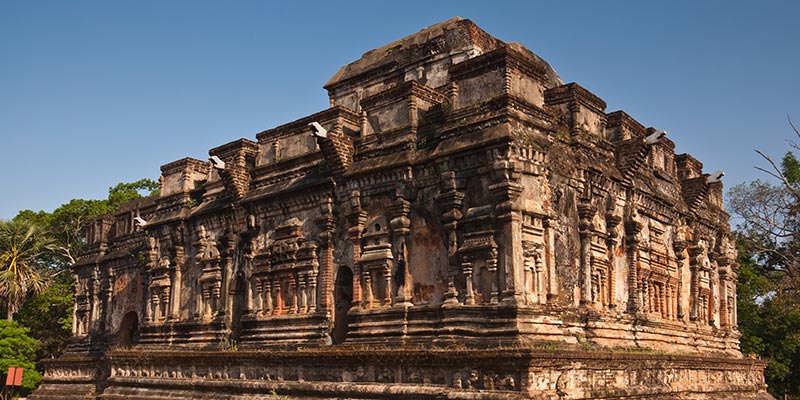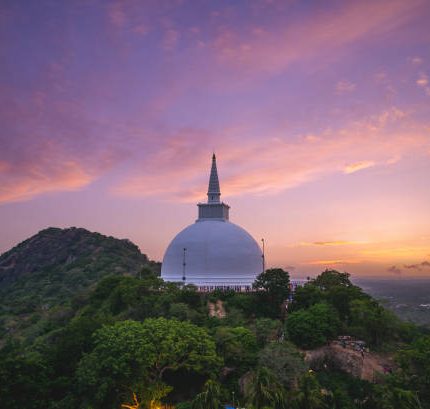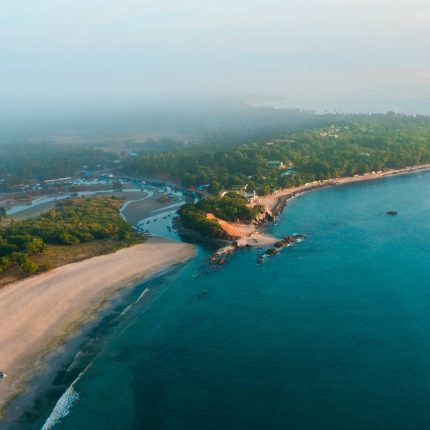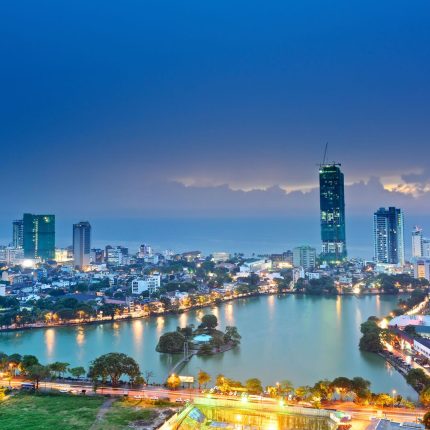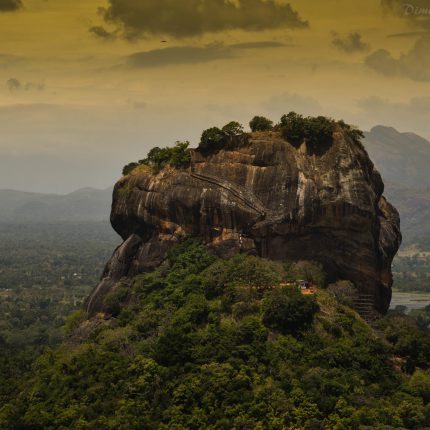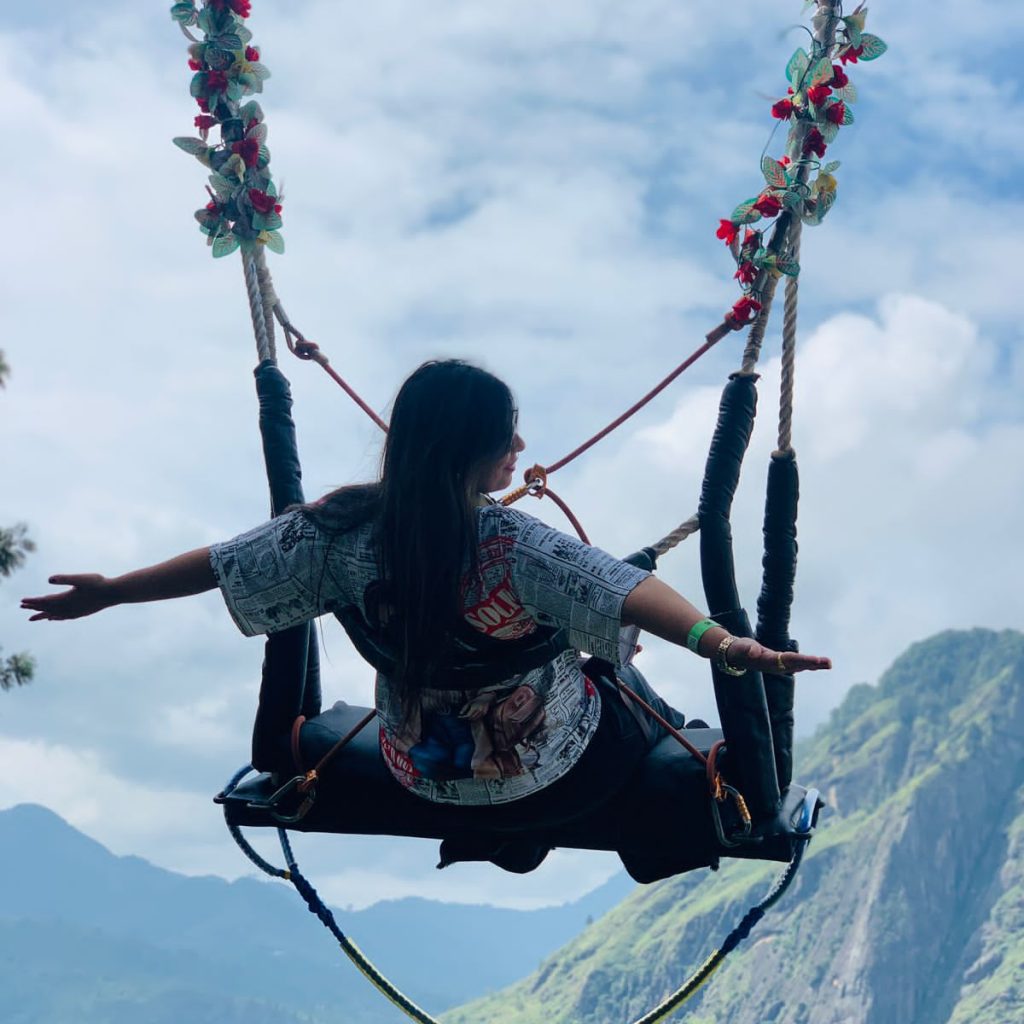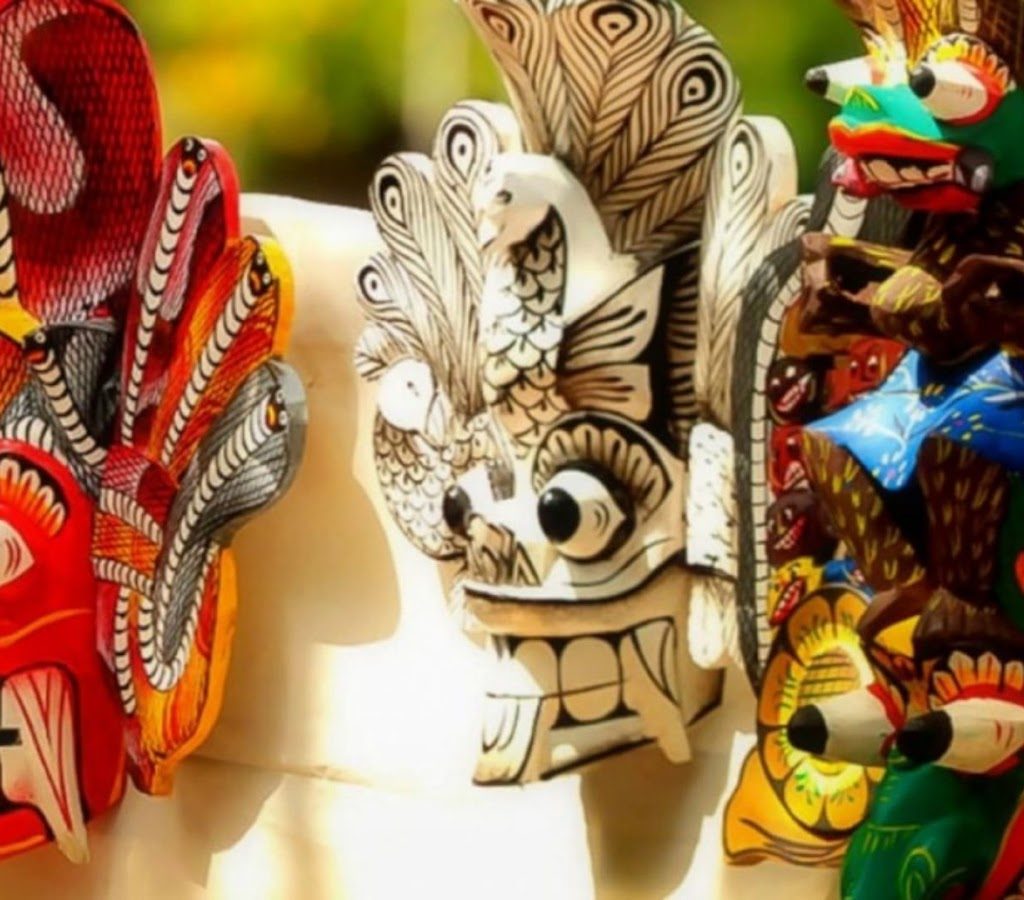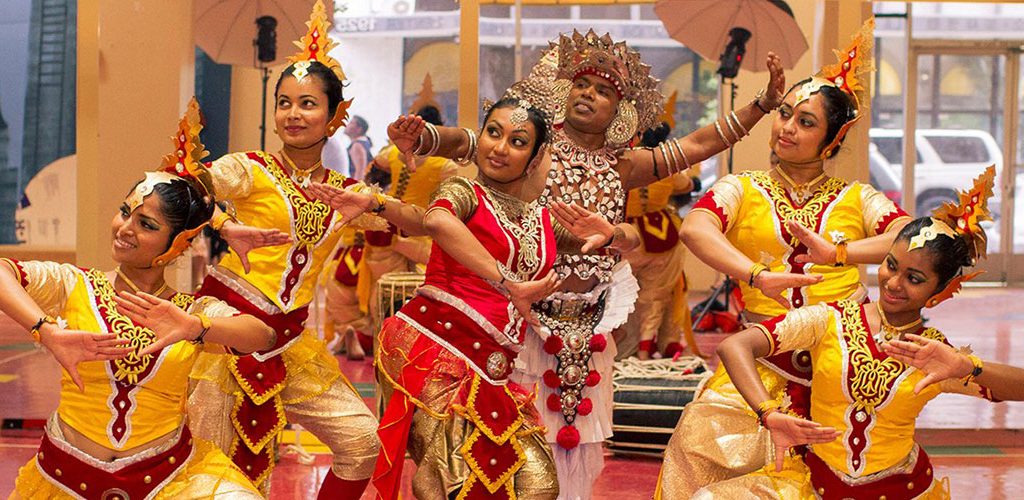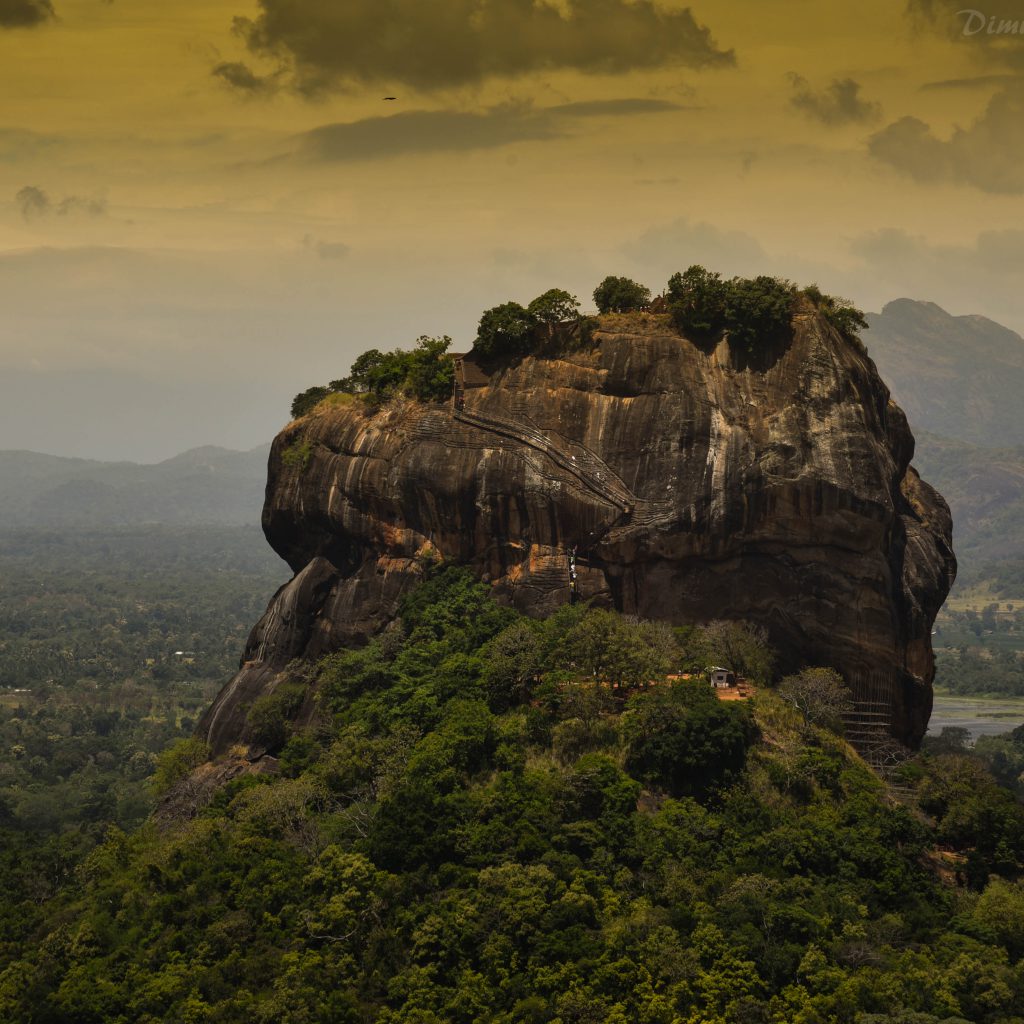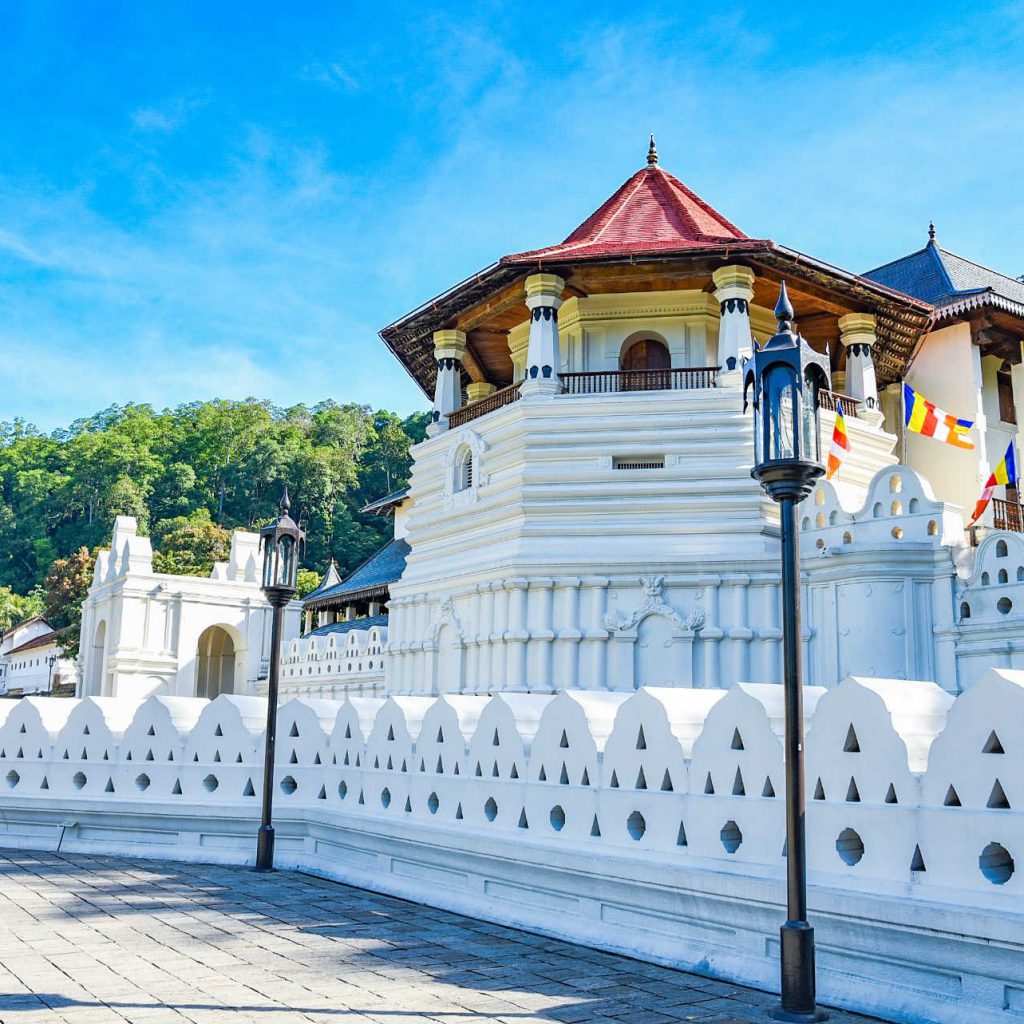Polonnaruwa Ancient Kingdom
Polonnaruwa was a medieval kingdom that flourished in Sri Lanka between the 11th and 13th centuries CE. Located in the north-central part of the island, the city of Polonnaruwa served as the capital of the kingdom and was a center of trade, culture, and religion. The Polonnaruwa kingdom is known for its impressive architectural and artistic achievements, which include some of the finest examples of Buddhist art and architecture in the world.
History
The Polonnaruwa kingdom was founded in 1017 CE by King Vijayabahu I, who overthrew the Chola dynasty that had controlled the region for over three decades. Under the leadership of Vijayabahu I, the kingdom grew in power and prosperity, with the construction of massive irrigation works, such as the massive Parakrama Samudra tank, which still provides water for irrigation today.
The kingdom reached its height under the reign of King Parakramabahu I (1153-1186 CE), who is credited with creating a powerful centralized state and establishing a code of law. During his reign, the city of Polonnaruwa was transformed into a grand capital, with the construction of numerous temples, palaces, and other public buildings. Many of these structures, such as the Royal Palace, the Audience Hall, and the Rankoth Vehera, are still standing and can be visited today.
The decline of the Polonnaruwa kingdom began in the late 13th century, as a result of invasions from South India and internal conflicts. By the end of the century, the kingdom had been conquered by the forces of the Jaffna kingdom, and Polonnaruwa was abandoned as a capital.
Architecture and Art
The Polonnaruwa kingdom is known for its impressive architectural and artistic achievements, which include some of the finest examples of Buddhist art and architecture in the world. Many of the structures built during the reign of King Parakramabahu I reflect a sophisticated and highly developed architectural style, characterized by intricate carvings, delicate stonework, and intricate ornamentation.
One of the most impressive examples of Polonnaruwa architecture is the Rankoth Vehera, a massive stupa that stands over 50 meters tall and is surrounded by four smaller stupas. Another notable structure is the Gal Vihara, a group of four massive Buddha statues carved out of a single granite rock face. The statues are considered masterpieces of Sinhalese Buddhist art, and are known for their exquisite detailing and serene expressions.
In addition to its architectural achievements, the Polonnaruwa kingdom was also known for its fine arts, including painting, sculpture, and literature. The Sigiriya frescoes, which depict beautiful women in various poses, are considered some of the finest examples of ancient Sri Lankan painting. The kingdom was also home to several famous poets, including King Parakramabahu I himself, who composed a famous epic poem called the Kavisilumina.
Legacy
Although the Polonnaruwa kingdom declined and was eventually abandoned as a capital, it left a lasting legacy in Sri Lankan history and culture. The kingdom’s impressive architectural and artistic achievements continue to inspire visitors and scholars today, and are considered some of the finest examples of Sinhalese art and architecture.
The Polonnaruwa kingdom also played a significant role in the spread of Buddhism in Sri Lanka, and many of its temples and stupas continue to be important pilgrimage sites for Buddhists today. The kingdom’s irrigation works, including the Parakrama Samudra tank, are still in use today and continue to provide water for agriculture in the region.
In recognition of its cultural and historical importance, the ancient city of Polonnaruwa was declared a UNESCO



